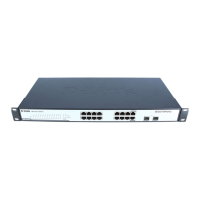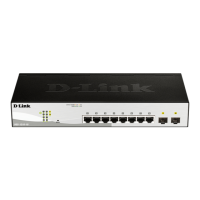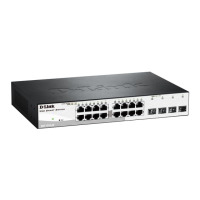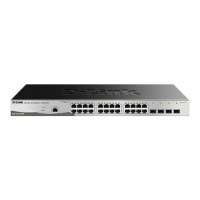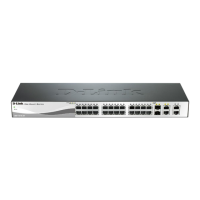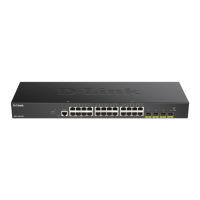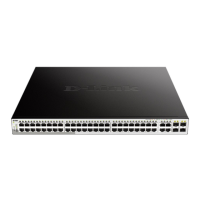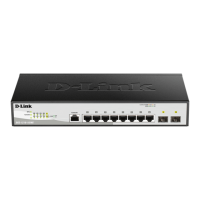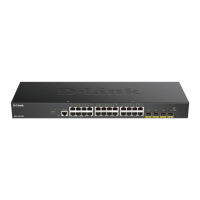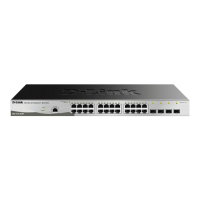28
SNMP Setting
Simple Network Management Protocol (SNMP) is an OSI Layer 7
(Application Layer) designed specifically for managing and monitoring
network devices. SNMP enables network management stations to read and
modify the settings of gateways, routers, switches, and other network devices.
Use SNMP to configure system features for proper operation, monitor
performance and detect potential problems in the Switch, switch group or
network.
Managed devices that support SNMP include software (referred to as an agent),
which runs locally on the device. A defined set of variables (managed objects)
is maintained by the SNMP agent and used to manage the device. These
objects are defined in a Management Information Base (MIB), which provides
a standard presentation of the information controlled by the on-board SNMP
agent. SNMP defines both the format of the MIB specifications and the
protocol used to access this information over the network.
The Switch supports the SNMP versions 1. In SNMP v.1, user authentication
is accomplished using 'community strings', which function like passwords.
The remote user SNMP application and the Switch SNMP must use the same
community string. SNMP packets from any station that has not been
authenticated are ignored (dropped).
The default community strings for the Switch used for SNMP v.1 management
access are:
public - Allows authorized management stations to retrieve MIB objects.
private - Allows authorized management stations to retrieve and modify MIB
objects.
Traps
Traps are messages that alert network personnel of events that occur on the
Switch. The events can be as serious as a reboot (someone accidentally
turned OFF the Switch), or less serious like a port status change. The Switch
generates traps and sends them to the trap recipient (or network manager).
Typical traps include trap messages for Device boot up, Authentication
Failure, Port status change and Abnormal transmit/receive data packet error.
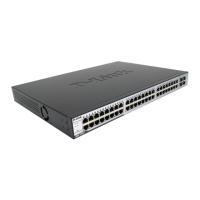
